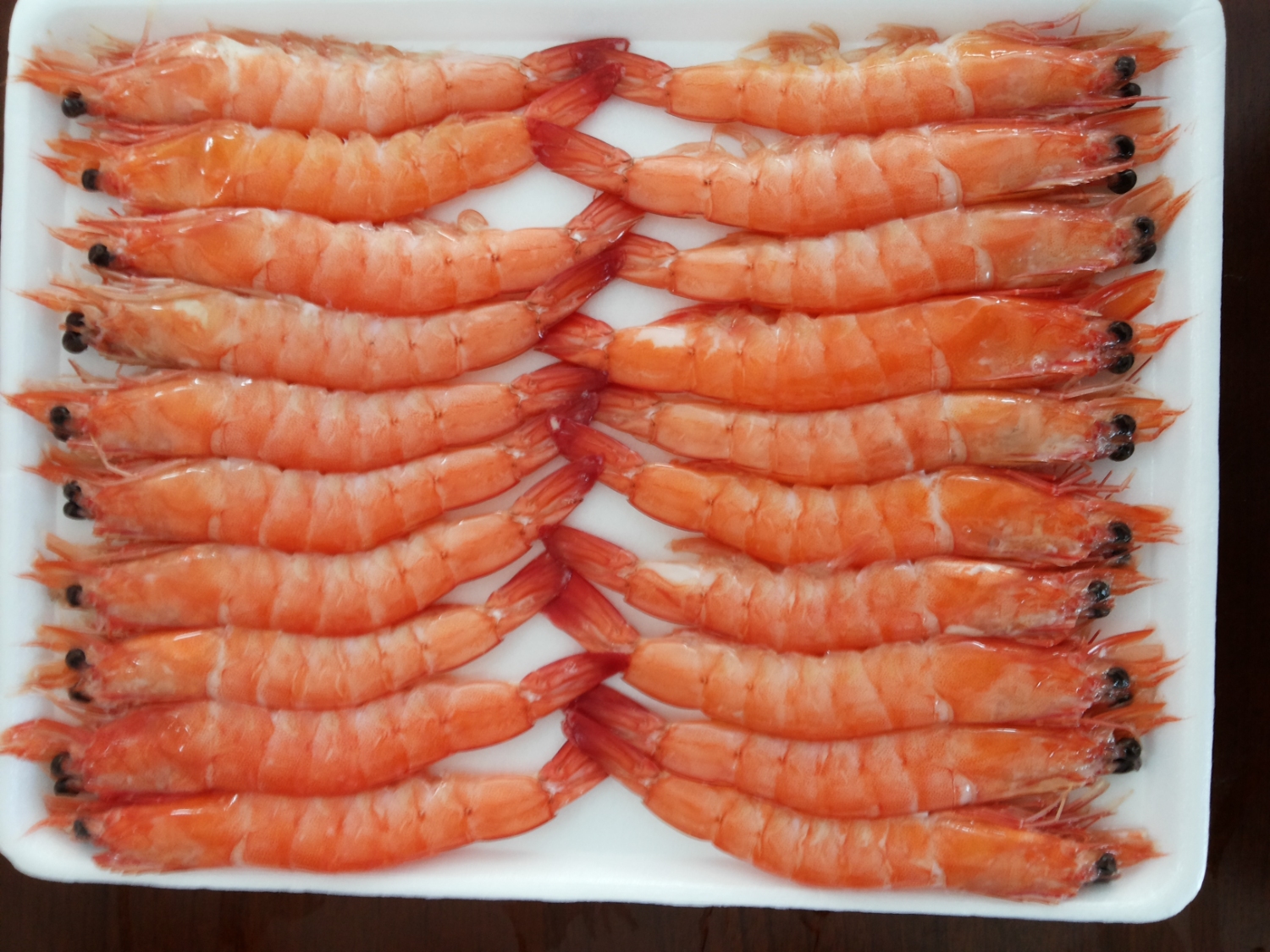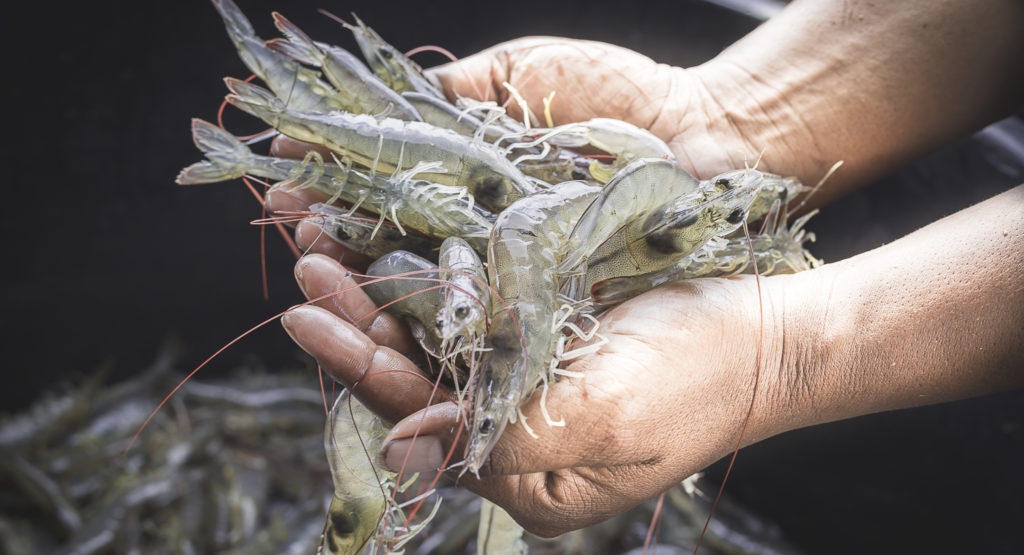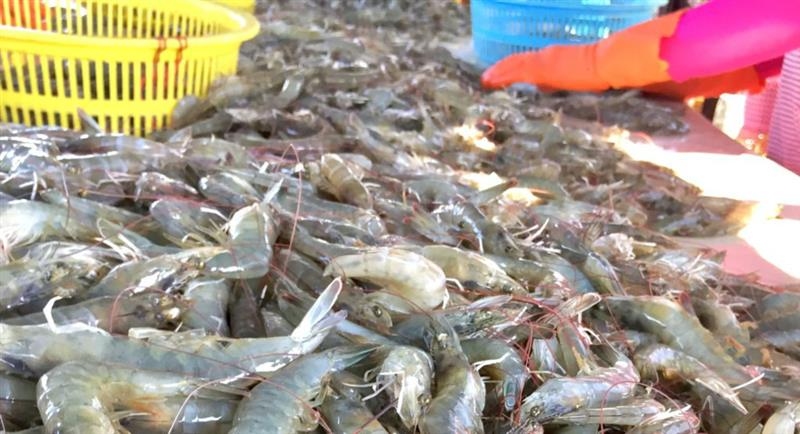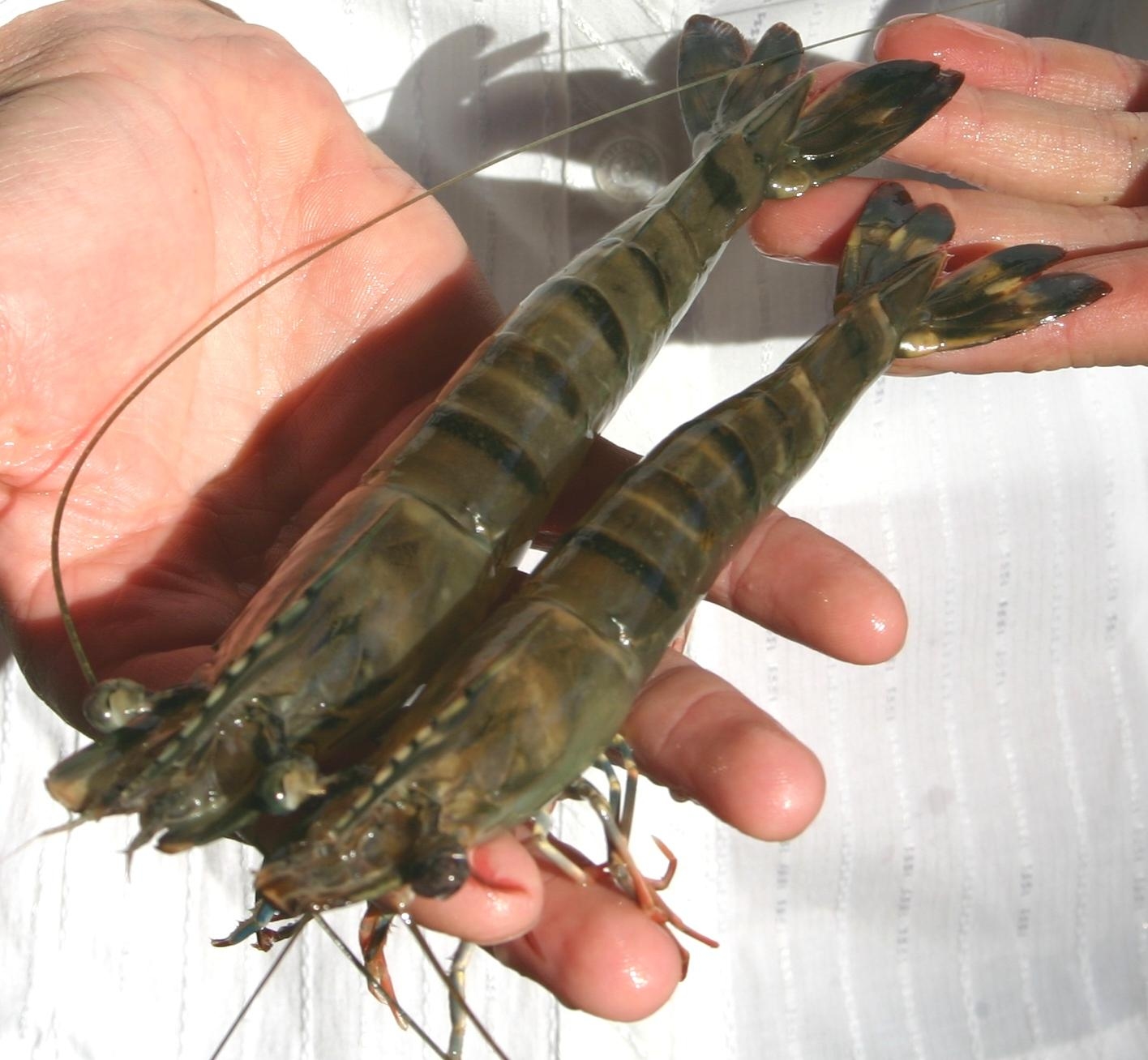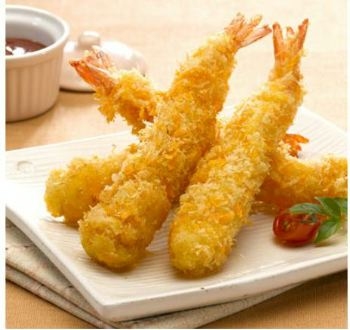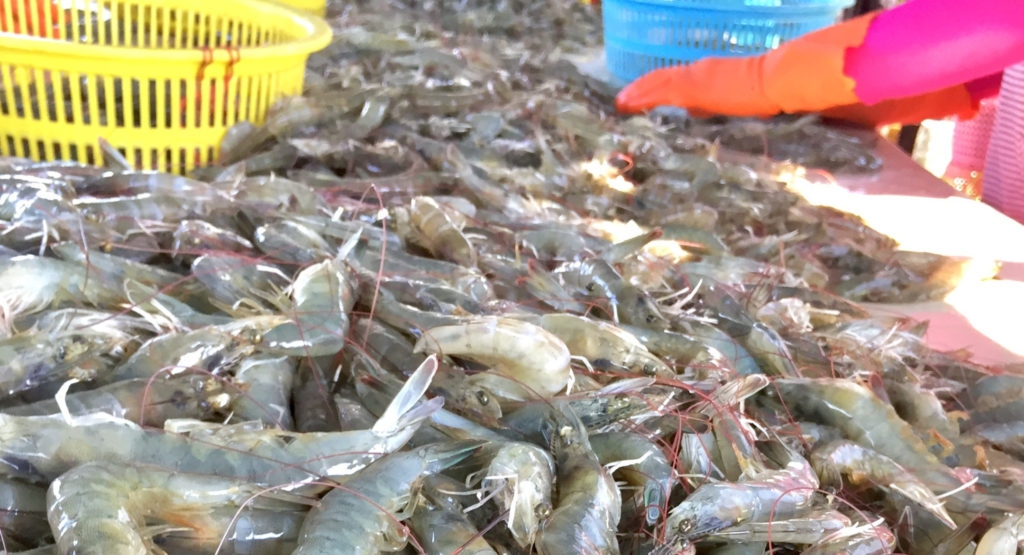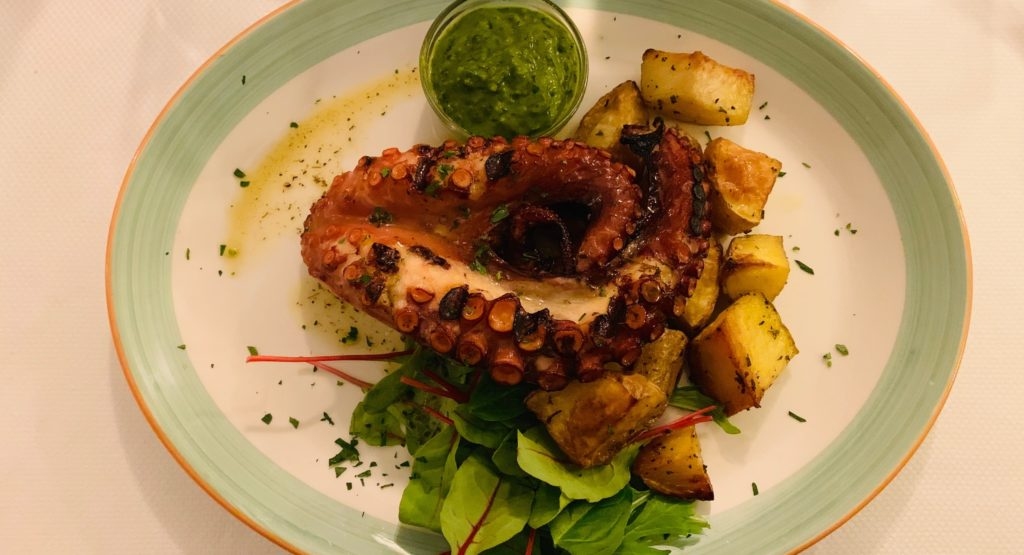
COVID-19 dampens the initially positive shrimp forecast for 2020
COVID-19 dampens the initially positive shrimp forecast for 2020
08/07/2020 Strong imports in China cushioned the demand shortfalls of traditional large markets where imports were rather stagnant throughout 2019. However, even with lacklustre imports, the United States of America emerged as a price setter in the global market for shrimp trade. Due to the coronavirus outbreak in China, less shrimp than normal was consumed during the New Year Celebrations, and the forecast is for a depressed market in coming months.
Supply
Compared with 2018, the estimated global production of farmed marine shrimp increased by 17 percent to 4.45 million tonnes in 2019. Nearly 85 percent of global farmed shrimp harvests took place in the Asia-Pacific region, with increased production in China, India, and Indonesia. Ecuador was the top producer in Latin America, harvesting over 600 000 tonnes of farmed Vannamei in 2019 which was 13-15 percent higher than 2018.
International trade
An estimated 3.05 million tonnes of shrimp and prawn entered the international trade in 2019. Despite lower prices than in 2018, there was little or negative import growth in the traditional markets of the United States of America, the European Union, and Japan. Encouraged by strong Chinese demand, farmed shrimp production and exports increased in Asia and Latin America during the second half of 2019. Shrimp imports in China increased by almost 180 percent in 2019.
Exports
In 2019, the focus of shrimp exporters worldwide was on China, where imports increased by 2 to 3 digits from many sources. India reported an over 300 percent rise in exports to China. Increase in exports to China were also reported from Ecuador (+261 percent), Thailand (+58 percent), and Viet Nam (+177 percent) and many other sources. With the exception of Argentina and Canada, imports into China increased from most of the sources.
Imports
In 2019, the top three import markets were the European Union, China and the United States of America.
European Union
The 2018 weaker market trend continued in 2019, and shrimp imports in the European Union registered a 3.9 percent decline to 807 660 tonnes in 2019. All the top European markets registered less imports in 2019, with decreasing imports in Spain (-1.2 percent), France (-3.5 percent), the Netherlands (-9 percent), Denmark (-1.8 percent), Italy (-7.5 percent), and the United Kingdom of Great Britain and Northern Ireland (-2.7 percent). Extra-EU sources supplied close to 73 percent of total shrimp imports into the European Union, 2 percent less than in 2018. Among the top six sources, supplies declined from all except Ecuador (+27.3 percent) and Bangladesh (+3.8 percent).
China
With strong imports, China has become the focus of shrimp exporters worldwide. According to the China Customs authority, shrimp imports in 2019 increased by 179 percent to 722 000 tonnes. In addition, an estimated 90 000 to 100 000 tonnes of shrimp likely entered China from Viet Nam and Myanmar through unreported border trade, resulting in total estimated shrimp imports at 812 000 tonnes.
The leading suppliers to the Chinese market were Ecuador, India, Thailand, Viet Nam, Argentina, and Saudi Arabia. Imports increased from all except from Argentina. According to the China Aquatic Products Processing and Marketing Alliance (CAPPMA), per capita consumption of shrimp in China reached 2 kg in 2019.
United States of America
In comparison with 2018, US shrimp imports increased marginally (+0.4 percent) to some 700 000 tonnes in 2019. Supplies increased from India (282 840 tonnes,+13.7 percent ), Viet Nam (61 000 tonnes, +3.5 percent) and Ecuador (83 000 tonnes, +9.3 percent). Imports of raw shell-on and peeled shrimp increased but declined for processed shrimp (-19 percent).
In December 2019, import orders increased in the US market following good consumer demand throughout 2019, reduced domestic inventories, and lower import prices, particularly from Ecuador in that month and expected good spring demand in 2020. These increased supplies reached the market in January-February 2020 with cumulative imports of 117 000 tonnes, some 20 percent more than the same period in 2019.
Japan
In 2019, Japan imported 221 650 tonnes of shrimp (+1 percent) of which 30 percent were valueadded products. Thailand, Viet Nam, Indonesia, and China were the main suppliers of this type of shrimp. Raw shrimp experienced slow growth, due to higher coldwater shrimp arrivals.
Asia/Pacific and others
Among the other markets in Asia/Pacific, shrimp imports increased in the Republic of Korea, Taiwan Province of China, Malaysia, Singapore, and New Zealand but declined in Hong Kong SAR during 2019. Frozen shrimp imports in Viet Nam declined sharply (-94 percent) in 2019 as the Chinese authority continues its stringent import control on illegal re-exports from Viet Nam to China. Direct exports of shrimp to China from the producing countries also increased significantly since 2018.
Imports were also low in Australia (-10 percent at 28 500 tonnes) due to the devastating bushfires season and a weakened economy. In the Middle East and North Africa (MENA), where the United Arab Emirates (UAE) is the largest market, imports increased from Saudi Arabia, Iran and India.
Prices
Shrimp prices in the international trade remained weak in 2019, but firmed up marginally during August to December. Despite lackluster imports, the United States of America emerged as the price setter. Prices weakened again during January to February 2020 and continued to be soft until April despite the lower production forecast during the first half of 2020.
Outlook
The COVID-19 pandemic will severely dampen global shrimp production in 2020, with worldwide demand for fresh and frozen shrimp declining significantly. In Asia, the early season’s farming activities slowed down considerably with lower density of stocks and delayed stockings of ponds in most producing countries. As of early May 2020, pond stocking in India’s largest Vannamei producing state Andhra, declined by 60 percent compared to the same period of last year. The aquaculture season in Asia, which generally begins in April, is now pushed towards June/July. In Latin America, supplies will be seasonally low until May/June. The situation has led to a general forecast of a 30-50 percent fall in global shrimp production during 2020.
The situation is also grim in the export processing sector. In addition to raw material shortages in the producing countries, social distancing rules and other control measures adopted to combat the COVID-19 pandemic continue to hamper processing and shipments of the existing import orders.
The COVID-19 pandemic has already severely affected shrimp demand in the international and domestic trade since the beginning of 2020. During the first quarter of 2020, most celebrations and public gatherings were cancelled in shrimp consuming countries worldwide. In particular, the impacts of COVID-19 are severe in the restaurant and hospitality industries following the lockdown measures.
Although there have been significant increases in retail grocery sales and takeout delivery as the majority of the population prefers staying at home, over all consumption in the markets has declined because of the almost total shut down of restaurant and catering trade worldwide. This trend is likely to continue for the rest of the year. Considering the forecast of a global recession, rising unemployment and subsequent fall in consumer disposable income, 2020 demand for shrimp will likely weaken significantly both in developed and developing markets.
Current demand in the western markets of North America and Europe is mostly seen in the retail trade. Hence compared with other years, there will be increased demand for retail/consumer packs for frozen products irrespective of product forms (raw shell-on, peeled, other semi-processed and processed shrimp). Dining out is unlikely to be the norm in the near future which will seriously reduce import demand for large sizes of shrimp (U15 to 21/25) in 2020.
Producers and exporters of large sized farmed shrimp, Vannamei and black tiger shrimp will be adversely affected by the falling business in the restaurant and hospitality sectors. In Japan, shrimp demand is likely to be good for value-added shrimp (breaded tempura shrimp, cooked boiled other processed shrimp) compared with raw frozen shrimp. However, the main exporters of these products (Thailand, Viet Nam, China) are also affected by cancellations of orders from Japan, North America, the European Union and Australia during the first quarter of 2020.
Interestingly shrimp imports in China during the first quarter of 2020, increased by 27.6 percent (176 255 tonnes) year-on year with higher supplies from the top source Ecuador (+84 percent at 88 700 tonnes). Imports also increased from the other major sources during this period except from India and Thailand. Although it is too early for any prediction, this could be the silver lining over the 2020 shrimp trade.
Exporting countries who are heavily depended on the traditional Western markets need to seriously review consumers buying power these markets, where shrimp is not an essential item in the food basket. Shrimp producing countries with domestic sales opportunities would be able to cushion the impacts of their shrinking export trade to some extent. However, in view of the falling GDP worldwide, consumer demand for shrimp will be more price sensitive compared with the previous years, even at lower supplies.
Source: FAO report
Other news
- A recovery for the shrimp market? 17/04/2024
- Shrimp market: Fear of inflation and declining demand 22/10/2022
- Summer demand remains strong in the United States of America and Europe 08/11/2021
- Global supply chains are being battered by fresh COVID surges 18/08/2021
- Animal Health and Welfare in Aquaculture 17/08/2021
- Pangasius Imports Outpacing Tilapia 10/08/2021
- Growth in India's Shrimp Production and Exports 08/08/2021
- Decline in shrimp exports to China makes shrimps cheaper in India for domestic market 03/08/2021
- Rabobank sees plenty of positives for both shrimp and salmon sectors 29/07/2021
- Asia’s Shrimp Connoisseurs: Japan, Taiwan And South Korea 02/07/2021

